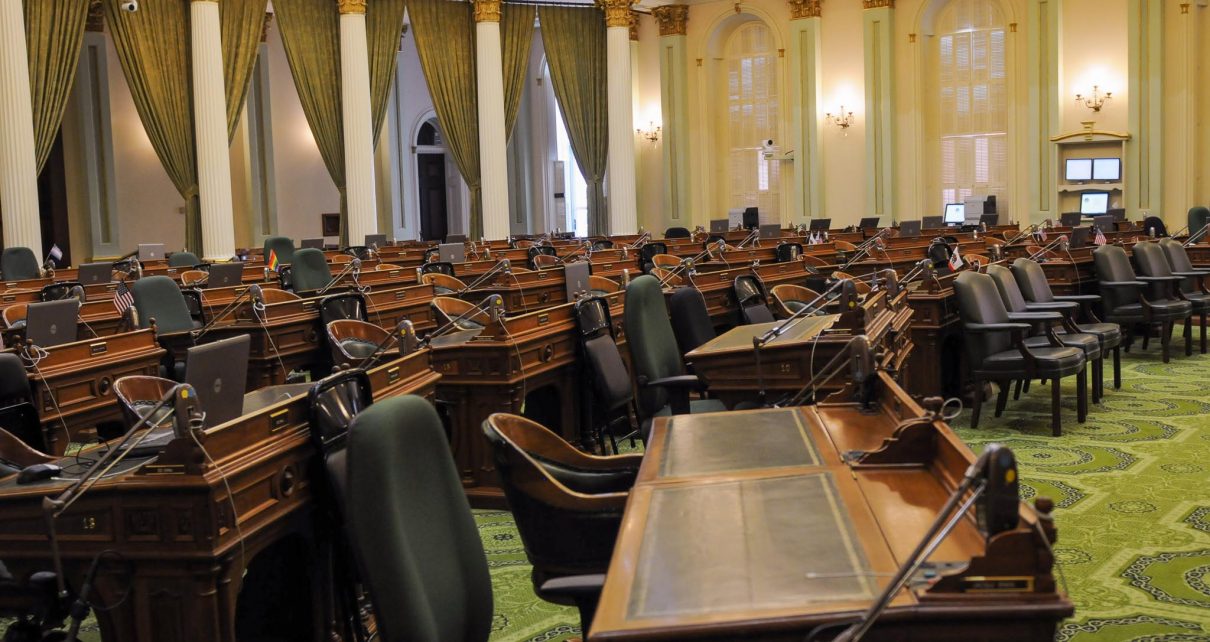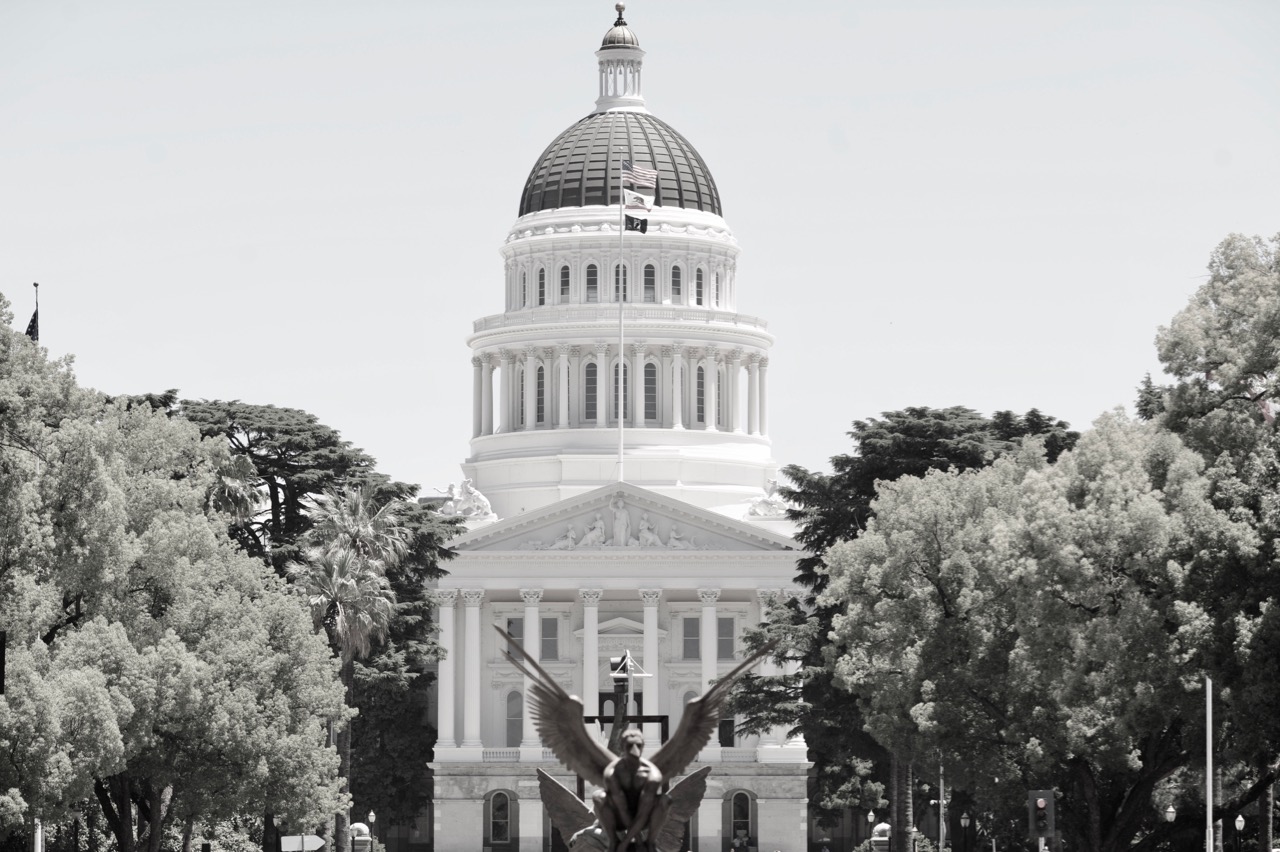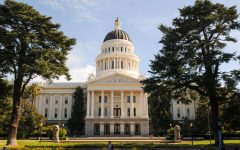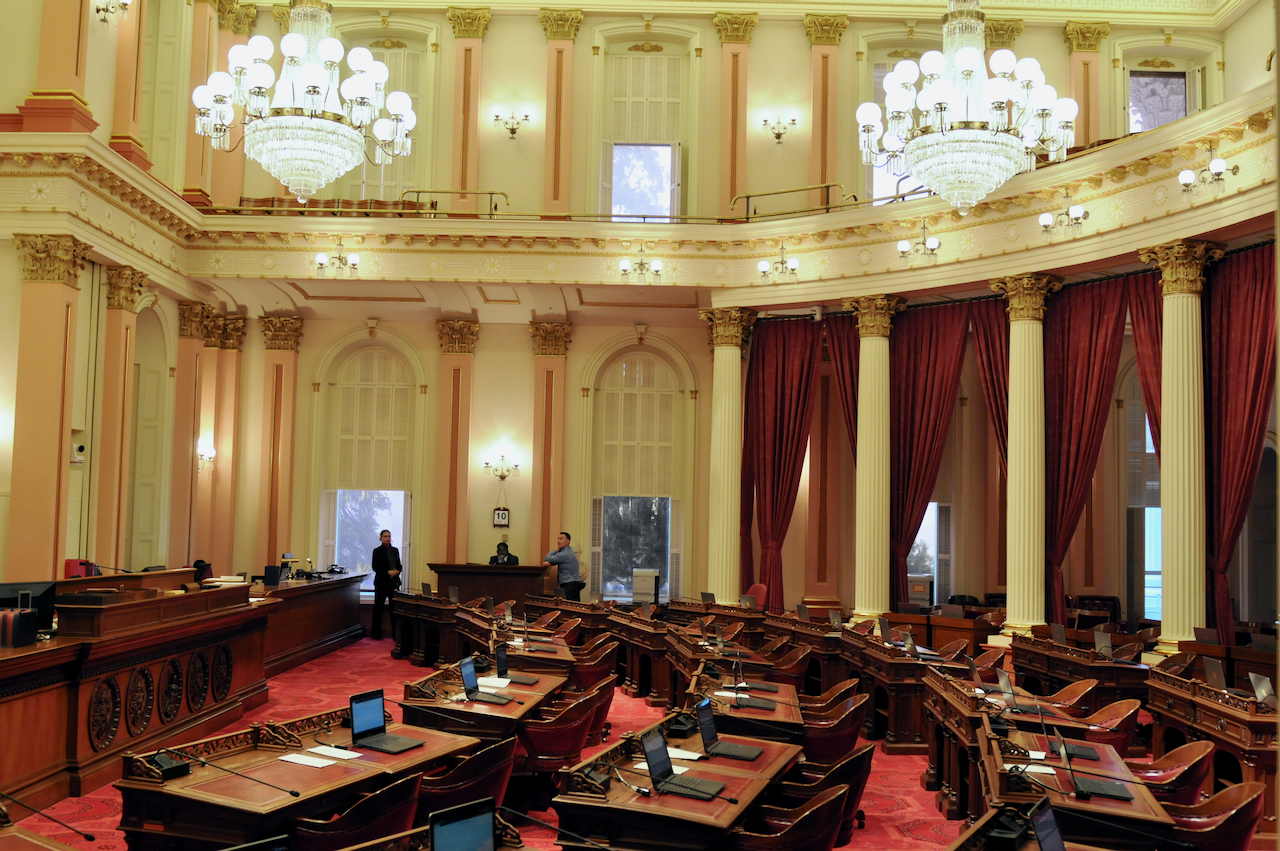
California State Assembly. (Photo: Kevin Sanders for California Globe)
Apportionment of Revenues Among Political Entities
Why does the Legislature use a finding and declaration?
By Chris Micheli, September 23, 2022 6:43 am
In legislation creating a new type of special district (a form of local government in this state whose number are in excess of 2,000 entities) that receives tax revenues, Article XIII, Section 29 of the California Constitution has to be taken into account. Section 29 was amended by the statewide electorate by Prop. 11 in 1998.
Section 29(a) grants authority to the Legislature to authorize counties, cities and counties, and cities to enter into contracts to apportion between them the revenue derived from any sales or use tax imposed by them that is collected for them by the State. Before the contract becomes operative, it must be authorized by a majority of those voting on the question in each jurisdiction at a general or direct primary election.
In addition, Section 29(b) provides that, despite the prior authorization noted above, counties, cities and counties, and cities may enter into contracts to apportion between them the revenue derived from any sales or use tax imposed by them pursuant to the Bradley-Burns Uniform Local Sales and Use Tax Law, or any successor provisions, that is collected for them by the State, if the ordinance or resolution proposing each contract is approved by a two-thirds vote of the governing body of each jurisdiction that is a party to the contract.
But is a special district a city, county, or city and county for purposes of the allocation of tax revenue provisions contained in Article XIII, Section 29? The answer is no, and the Legislature seeks to make this point by including a provision in bills creating special districts that are similar to the following recent example:
The Legislature finds and declares that the allocation of revenues derived from a sales and use tax or a transactions and use tax to a climate resilience district pursuant to Division 6 (commencing with Section 62300) of Title 6 to the Government Code, as added by this act, is not subject to Section 29 of Article XIII of the California Constitution because a district is not a city, county, or city and county within the meaning of that provision, but is rather a separate political entity as described in subdivision (c) of Section 62303 of the Government Code, as added by this act.
As a result of this legislative finding and declaration, the Legislature believes that a special district that would be created by the bill in which this finding and declaration statement is contained, would not implicate Section 29. Why does the Legislature use a finding and declaration, which is basically an intent statement, rather than codify a section of law and include it in the same statute?
- Education and Certification of Vessel Operators - December 11, 2025
- ID Cards and Emancipated Minors - December 10, 2025
- Control of California Harbors - December 10, 2025




